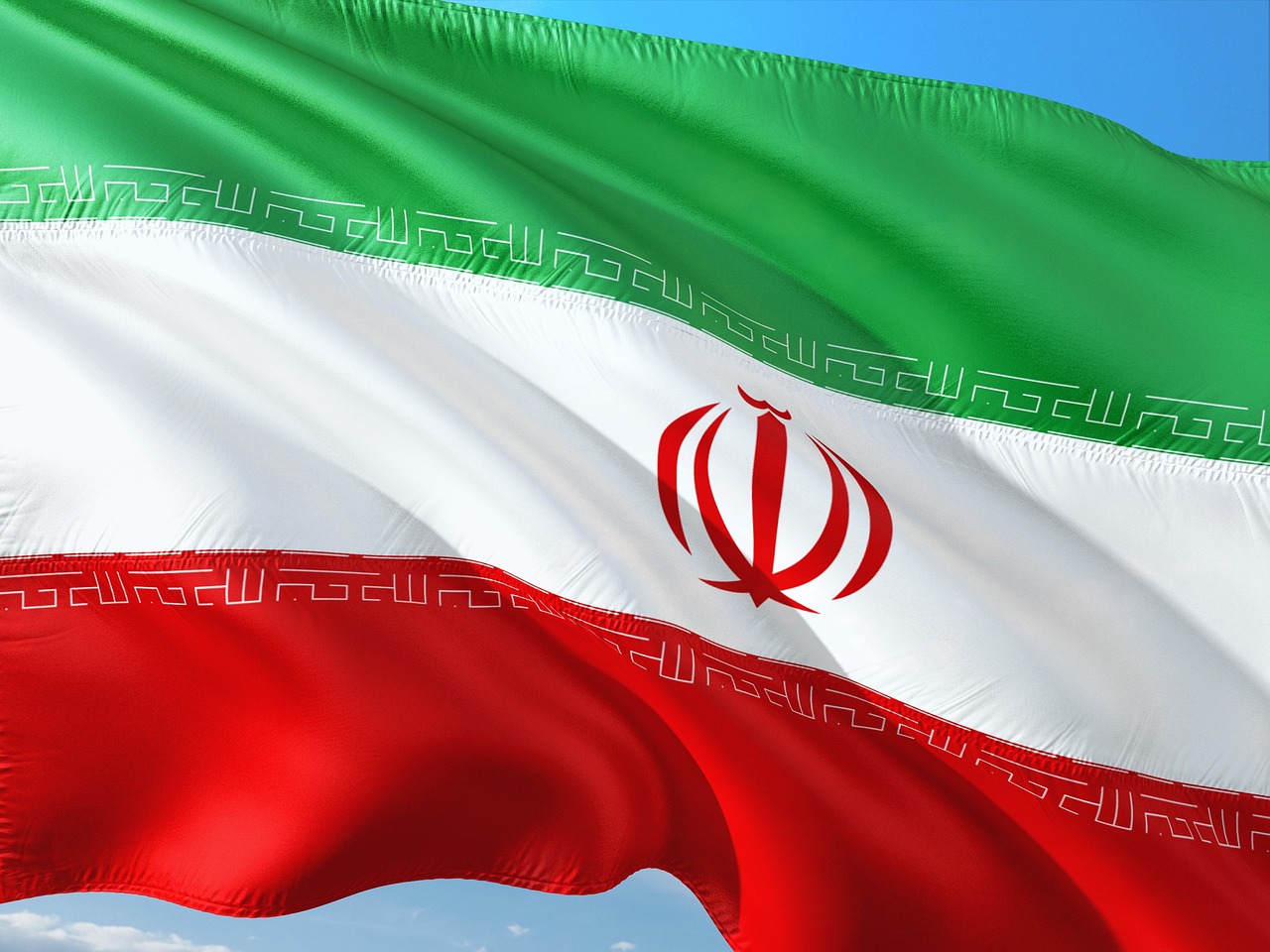This post is also available in:
 עברית (Hebrew)
עברית (Hebrew)
The Iran Revolution Guards Corps Aerospace Force (IRGCAF) has reportedly launched its third satellite into low-earth orbit (LEO) aboard a three-stage domestically made “Qased” rocket. This is the third successful launch since 2020.
Issa Zarepour, Iran’s minister of communications and information technology, has said “God willing, this year will be a fruitful year for the country’s space industry.” He further states that Iran aims to launch one or two additional satellites by the end of Iranian year, meaning until March 19th, 2024. There have been several unsuccessful Iranian launches in recent years, which Iran claims were due to technical problems.
According to Reuters, the satellite is an imaging satellite called Noor 3, and its two predecessors (Noor 1 and 2) were also delivered using Iran’s “Qased” rockets. Noor 1 fell back to Earth in April 2022, but Noor 2 is still considered operational, which has led some to believe that Noor 3 and Noor 2 may be intended to work together.
According to Interesting Engineering, all three of these satellites are a class of Iranian military Earth-imaging CubeSat designed for LEO. Notably, the Noor satellite program was not developed and launched by the Iranian Space Agency but rather by the IRGC. The “Qased” rockets are classified as expendable small-lift orbital space launch vehicles, use older liquid-fuel technology, and are not considered powerful enough to potentially serve as an intercontinental ballistic missile platform.
The Iranian launches have stirred controversy. In 2020 the US issued a statement claiming that Iran’s Noor-1 satellite defies a United Nations Security Council resolution that prohibits the regime from engaging in any activity related to ballistic missiles capable of delivering nuclear weapons, which includes launches using ballistic missile technology.
This information was provided by Interesting Engineering.


























